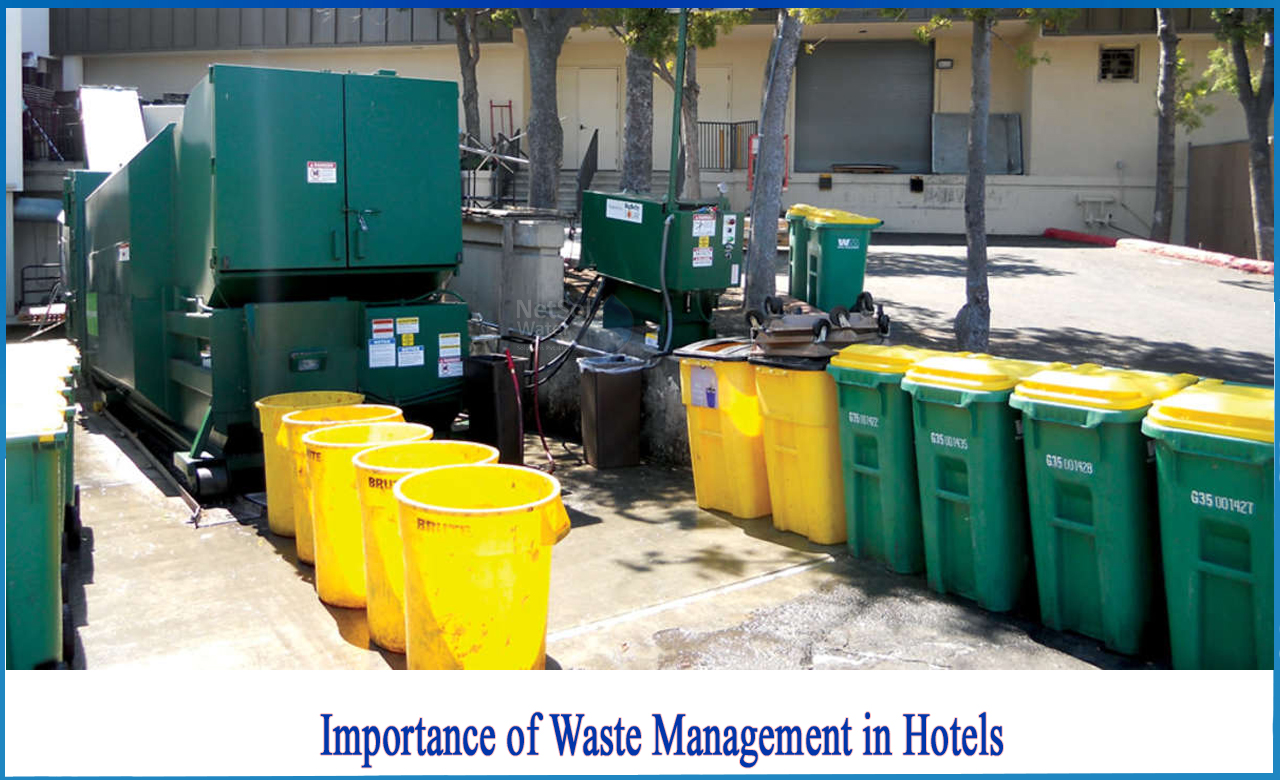Rumored Buzz on Reclaim Waste
Table of ContentsThe Single Strategy To Use For Reclaim WasteReclaim Waste for BeginnersAn Unbiased View of Reclaim WasteSome Ideas on Reclaim Waste You Need To KnowHow Reclaim Waste can Save You Time, Stress, and Money.
Domestic sewage waste refers to the waste and products from a domestic septic container. The correct monitoring and disposal of domestic sewage waste require liquid waste to be moved to a sewer treatment plant where the appropriate methods and tools are applied to purify and dispose of waste.
Commercial waste usually consists of potential threats, such as combustible products or a blend of fluid and solid waste products, and calls for a much more sophisticated and detailed disposal procedure. The disposal of industrial waste normally involves the purification of waste prior to transport to make sure secure and correct disposal. Hazardous waste is developed from by-products and drainage of industrial processes and production.
This type of waste can not use the exact same sewage administration transportation or processes as septic or industrial fluids. The hazardous waste management process needs the examination and testing of liquid waste prior to it goes through the disposal process (liquid waste removal). Runoff waste is the liquid waste that comes from drainage and excess stormwater in highly populated locations or cities
Overflow waste can trigger contamination and flooding otherwise managed correctly. Learn more regarding sewage system cleansing and waste administration. Ensuring proper waste monitoring can avoid disasters and reduce ecological injury. Both individuals in property setups and experts in industrial or production sectors can gain from understanding the procedures and laws of liquid waste management.
Unknown Facts About Reclaim Waste
Contact PROS Providers today to discover our waste administration and disposal solutions and the proper methods to look after the fluid waste you produce.
(https://www.callupcontact.com/b/businessprofile/Reclaim_Waste/9368278)This so-called 'wastewater' is not only a vital resource yet, after therapy, will certainly be released to our land, rivers or the ocean. Used water from toilets, showers, bathrooms, cooking area sinks, laundries and commercial processes is known as wastewater.

water made use of to cool machinery or tidy plant and devices). Stormwater, a type of wastewater, is runoff that flows from agricultural and metropolitan areas such as roof coverings, parks, yards, roadways, courses and seamless gutters right into stormwater drains, after rain. Stormwater streams neglected directly to local creeks or rivers, ultimately getting to the sea.
3 Easy Facts About Reclaim Waste Described
In Queensland, many wastewater is treated at sewer therapy plants. Wastewater is transferred from residential or commercial websites via a system of sewers and pump stations, recognized as sewerage reticulation, to a sewer treatment plant.
The Division of Natural Resources recommends city governments about handling, operating and keeping sewerage systems and treatment plants. In unsewered locations, neighborhood federal governments may require owners to mount specific or home sewage treatment systems to treat domestic wastewater from bathrooms, kitchens, shower rooms and washings. The Division of Natural Resources authorizes making use of house systems when they are verified to be effective.
In some new subdivisions, treatment of some stormwater to eliminate litter, sand and gravel has actually started making use of gross contaminant traps. Wastewater treatment occurs in 4 phases: Gets rid of strong matter.
Wastewater then moves right into huge tanks where solids work out and are eliminated as sludge. Grease and residue are skimmed from the surface. Uses little living microorganisms knows as micro-organisms to damage down and eliminate remaining liquified wastes and great particles. Micro-organisms and wastes are incorporated in the sludge. Removes nitrogen and phosphorus nutrients that can cause algal blossoms in our waterways and threaten aquatic life.
Rumored Buzz on Reclaim Waste
Nutrient removal is not offered in all sewage treatment plants since it requires costly specialized equipment. It is becoming much more typical in Queensland. Clear liquid effluent created after treatment might still have disease-causing micro-organisms. If this effluent is launched into rivers such as rivers or the sea, the micro-organisms will at some point die out.

Most wastewater flows into the sewage system. Under the Act, local governments provide approvals and permits for eco relevant tasks (Periods) entailing wastewater releases that might have a local influence.
Some Known Facts About Reclaim Waste.
Surveillance supplies valid information regarding water high quality and can validate that licence conditions are being satisfied. The information obtained through tracking offers the basis for making water quality decisions.